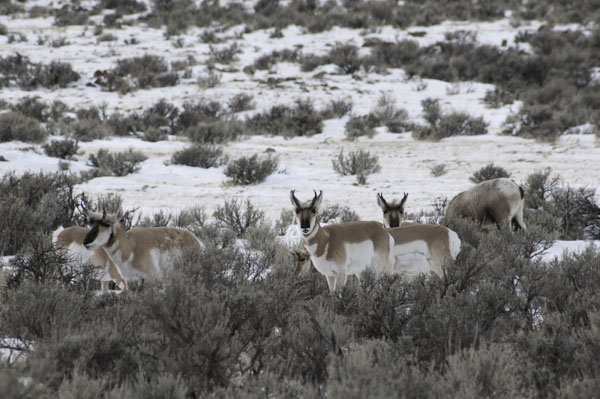Wildfire
-
I just finished watching the film Crown Jewels. Many conservation groups are promoting the movie, but few are willing to critique some of the flawed premises in the video. It is admirable that the filmmakers want people to appreciate old-growth forests. But their message is confusing. On the one hand, they promote the idea that…
-
A recent paper from the Forest Service predicts higher costs for fire fighting. The title: Economic Risks: Forest Service Estimates Costs of Fighting Wildfires in a Hotter Future. The Climate Financial Risk report published by the White House Office of Management and Budget provides some estimates. A middle-of-the-road estimate is a 42% increase in suppression…
-
A recent announcement from UC Davis proclaimed, “Less Severe Forest Fires Can Reduce Intensity of Future Blazes,” and got plenty of play in regional newspapers. But like so many scientific papers, the piece has more nuance than the breathless publication might suggest. The study used remote sensing to review 700 reburns across the West. According…
-
The BOSH project in southern Idaho ultimately plans to destroy tens of thousands of acres of juniper woodlands on BLM lands. BOSH stands for Bruneau-Owyhee Sagebrush Habitat Project. The advocates of the BOSH project use pejorative language to characterize the Juniper clearing from the landscape. Terms like “restoring” the “natural” condition of the land assume…
-
The Deschutes National Forest plans to ramp up prescribed burns across Central Oregon. However, the Forest Service exaggerates the presumed benefits of prescribed burning and ignores the problems. One of the most important issues is that most wildfires never encounter a fuel reduction, whether from thinning or prescribed burns. So, even if prescribed burns were…
-
The 1.6 million acres Deschutes National Forest, Oregon is engaged in an active deforestation effort, all justified based on precluding or slowing wildfires. The Forest also suggests that the logging is “restoring” historical forest conditions. After the spotted owl controversy of the 1980s, the Forest Service lost its social license to log public forests to…
-
An important question regarding sagebrush ecosystems, and species that rely upon them like sage grouse has to do with exactly what constitutes the fire rotation in sagebrush habitat? And a corrolary question is do current fire management policies emulate these historical conditions? William Baker’s paper, Scaling Landscape Fire History: Wildfires Not Historically Frequent in the…
-
A previously thinned portion of the area charred by the Dixie Fire, which despite active forest management across much of the burn area, became one of California’s largest blazes. Photo George Wuerthner The Wilderness Society (TWS), founded to promote wildland preservation, has shifted its mission and focus to promoting logging and other activities that destroy…






